The Royal History of Portugal
Although Portugal is nowadays a Republic, the country in the South West of Europe really has a very nice royal history.
On this blog page I will write more about the interesting royal history of this beautiful country.
 |
| Lisbon Portugal |
I visited Portugal twice. In 2017 my first trip went to Lisbon, the amazing Portuguese capital. In 2018, I visited Porto, the home of the fantastic Port wine. It surprised me that in both cities there were many traces which remembered their royal history. So, they really took care of their past.
Royal history
In 1139 the Kingdom of Portugal was established. It lasted till 1910. After 1415 the country also was known as:- Kingdom of Portugal and the Algarves;
- United Kingdom of Portugal, Brazil and the Algarves;
- Portuguese Empire
There were 4 royal houses which ruled Portugal;
- The Portuguese House of Burgundy;
- House of Aviz More on this link;
- House of Habsburg, known as the Philippine Dynasty;
- House of Braganza. More on this link.
The Portuguese House of Burgundy
Alphonso I (reigned from 1139-1185)
Alphonso I of PortugalMore about the foundation of the country and King Alphonso (Afonso I) on this link.
Sancho I (1185 - 1211)
Sancho I of Portugal
Alphonso II (1211-1223)
More about King Alphonso II of Portugal on this link.Sancho II (1223-1247)
Sancho II of Portugal
Alphonso III (1248-1279)
More about King Alphonso III of Portugal on this link.
Denis I (1279-1325)
Denis I of PortugalMore about the history of the Sé Cathedral in Lisbon on this link.
Alphonso IV (1325 - 1357)
More about Alphonso IV of Portugal on this link.Peter I (1357-1367)
Ferdinand I (1367-1383)
House of Aviz
John I (1385-1433)
King John I of Portugal married to Philippa of Lancaster (England) at the Cathedral of Porto. More about the Cathedral of Porto on this link.Edward (1433-1438)
Also known as King Duarte I.
Alphonso V (1438-1481)
John II (1477-1495)
King John II of Portugal gave the order for the defence works in Belem. More about the Tower of Belem on this link.
Emmanuel I (1495-1521)
King Manuel I of Portugal gave the order to take the relics of St. Roch to Lisbon. More about this history on this link.Infanta Maria of Portugal, the daughter of King Manuel I sponsored the original church, which became the National Pantheon in Lisbon. More on this link.
John III (1521-1557)
More about King John III of Portugal on this link.Sebastian (1557-1578)
King Sebastião I of Portugal
Henry I (1578-1580)
More about King Henry of Portugal on this link.Anthony (1580-1583)
House of Habsburg
The House of Habsburg was known in Portugal as the Philippine Dynasty.It ruled the country from 1581 till 1640. In 1580 Philip II of Spain acclaimed that he was King of Portugal. This was officially recognized in 1581 by the Portuguese Cortes of Tomar. Philip I swore to rule Portugal as a separate Kingdom, under his personal union known as the Iberian Union.Philip I (1581-1598)
King Philip II of Spain ruled as Philip I over Portugal.Philip II (1598-1621)
In Spain he was known as Philip III but in Portugal, Naples and Sicily he was known as Philip II.Philip III (1621-1640)
Just as his father and grandfather Philip III of Portugal was known as Philip IV in Spain.House of Braganza
The House of Braganza also is known as the Brigantine Dynasty. They came to power in 1640, when John II Duke of Braganza claimed to be the rightful heir of the defunct House of Aviz, as he was the great great grandson of King Manuel I. He deposed the House of Habsburg in the Portuguese Restoration War.Descendants of Queen Maria (Mary) II and her consort King Ferdinand II ( a prince from the House of Saxe-Coburg and Gotha) came to rule in 1853. The Portuguese law treated them as members from the House of Braganza. They also were called the House of Braganza-Saxe-Coburg and Gotha.
In the Jéronimos Monastery in Belem, Lisbon, there is a great overview of the royals of the House of Braganza. More about the Jéronimos Monastery on this link.
John IV (1640-1656)
More about King John IV of Portugal on this link .Alphonso VI (1656-1683)
Also called Afonso VI, The Victorious.
Peter II (1683-1706)
More about King Peter II of Portugal on this link.John V (1706-1750)
Also known as João V of Portugal and the Magnanimous.Joseph I (1750-1777)
In Portugal known as José I or the Reformer.Mary I (1777-1816)
Ruled as Maria I of Portugal. She also was known as The Pious or The Mad.Peter III (1777-1786)
More about Peter III of Portugal on this link.
Also known as Pedro III of Portugal or The Builder; The Sacristan; The Enabler.
John VI (1816- 1826)
John VI was known in Portugal as João VI or The Clement.
Peter IV (1826-1826)
He was known as Pedro IV in Portugal and Pedro I, Emperor of Brazil.
He was nicknamed as the Soldier King or the Liberator.
Mary II (1826-1853)
She reigned as Maria II in Portugal. There she was known as:
The Educator;
The Good Mother.
The Coat of Arms of Queen Maria II of Portugal were on the Entrance of the São Jorge Castle in Lisbon. More about the castle and its royal history on this link.
Michael I (1828-1834)
More about Michael I (Miguel) of Portugal on this link. In Portugal he was known as Miguel I.
He was nicknamed as The Absolutist or The Usurper.
Ferdinand II (1837-1853)
Ferdinand II ruled in Portugal as Fernando II. He was nicknamed The Artist King.
Ferdinand was involved with the building works of the Palace of Pena in Sintra. More about the history of this royal palace on this link.
Peter V (1853-1861)
More about Peter V of Portugal on this link.He ruled as Pedro V in Portugal. He was nicknamed The Hopeful.
Louis I (1861-1889)
Louis I ruled in Portugal as Louís. He was nicknamed The Popular.
Charles I (1889-1908)
More about Charles also called Carlos of Portugal on this link.
Emmanuel II (1908-1910)
Emmanuel II ruled in Portugal as Manuel II. He was nicknamed:
- The Sorrowful;
- The Unfortunate;
- The Patriot.
Revolution
The start of the 20th. century meant a radical turnover of the monarchy in Portugal.Republicanism grew in numbers and support in Lisbon among the progressive political leaders and the influential press.
Exile
On 5 October 1910, the royal yacht Amélia had anchored in Ericeira. By 2am the yacht had collected from Cascais Citadel the King's uncle and the heir to the throne. D. Manuel II knew that with the proclamation of the Republic, he would be imprisoned, so he decided to go to Porto. Once there the
King found out that Porto also had joined the republican cause. The deposed king would live the rest of his life in exile.
King Manuel II of Portugal went in exile in Fulwellpark in Twickenham, nowadays located in London (England). He died in 1932 at the age of 42 in England.
In 1910 the vast majority of European states were monarchies. Only France, Switzerland and San Marino were republics.
The current head of the House of Braganza is Duarte Pio, Duke of Braganza. He is a descendant of King Miguel I of Portugal.
Source pictures:
own pictures from Lisbon and Porto
the royals: Wikipedia















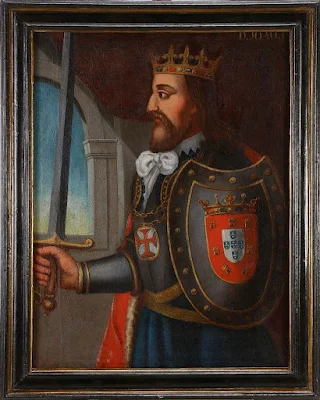

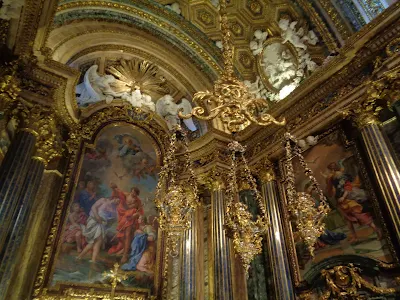
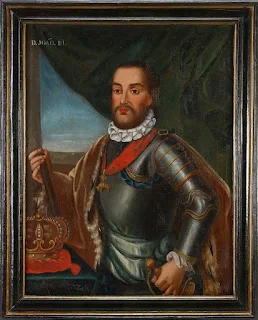







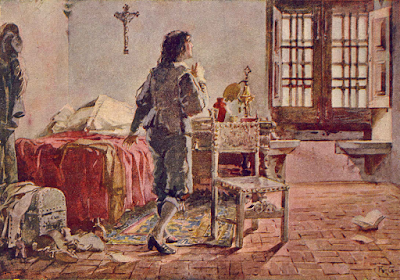












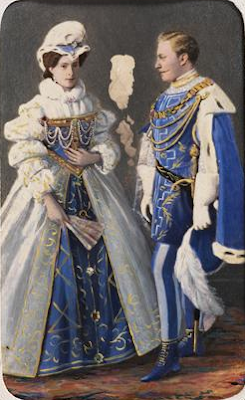





Comments